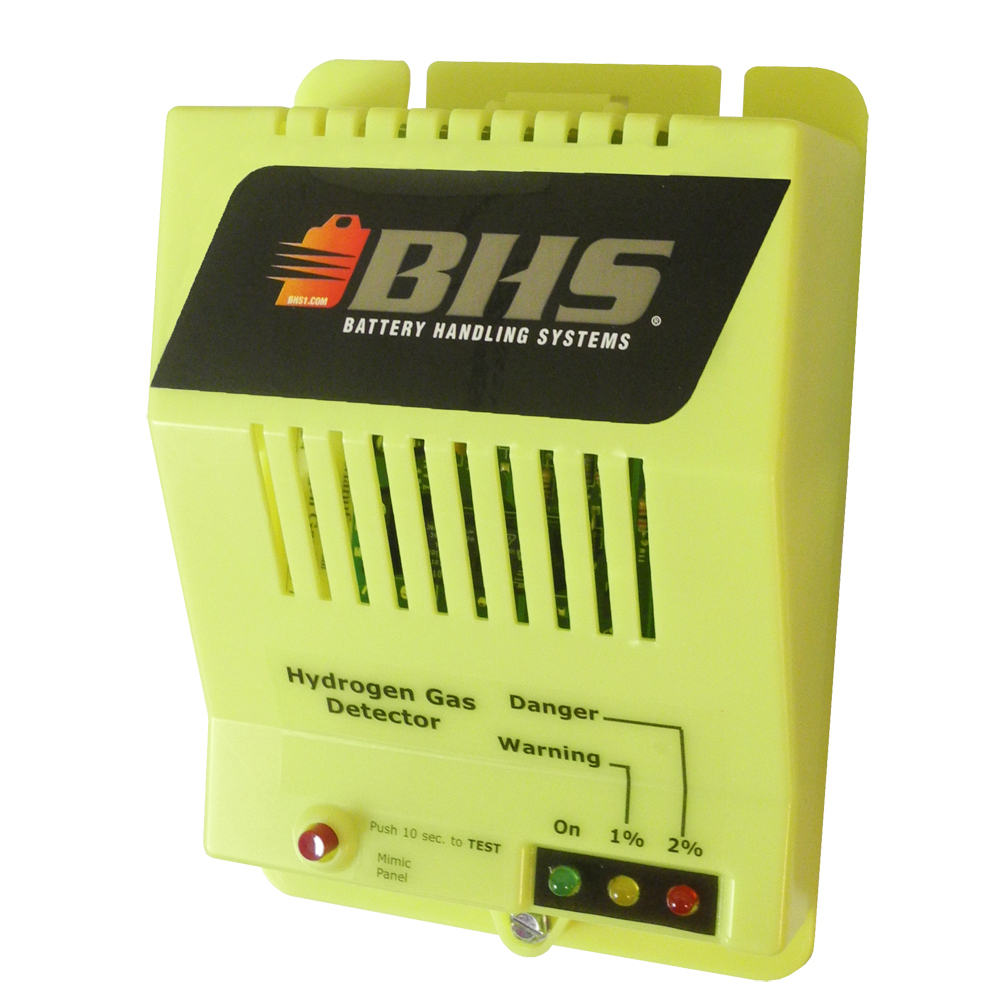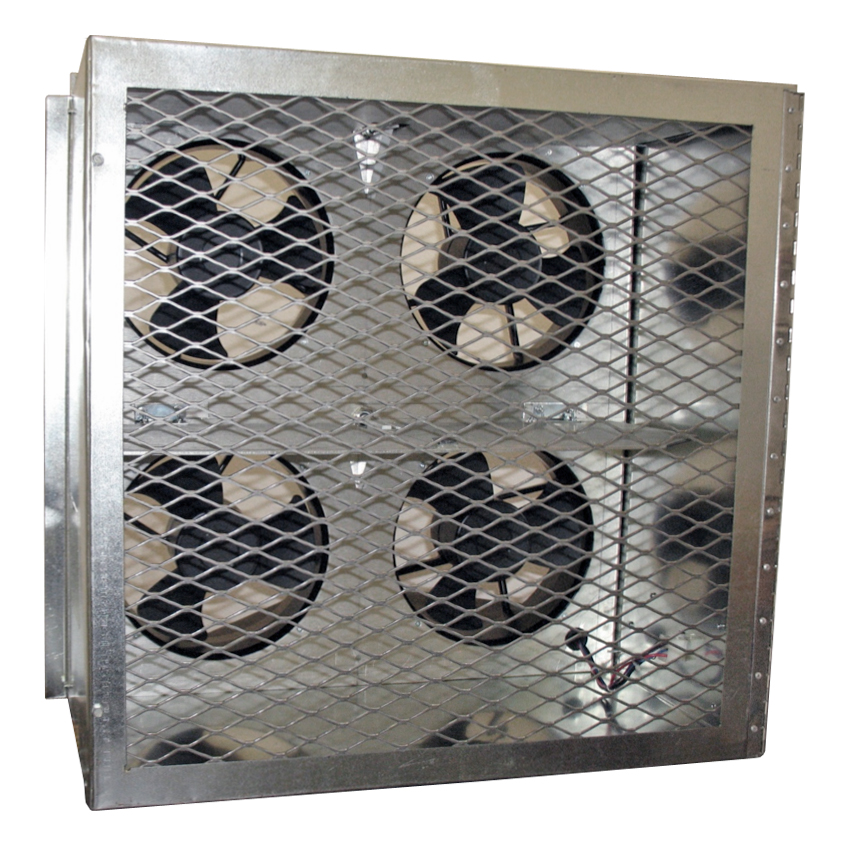We use cookies to make your experience better. To comply with the new e-Privacy directive, we need to ask for your consent to set the cookies. Learn more.
Regulating Hydrogen in the Battery Room
The most dangerous thing in your battery room isn't sulfuric acid. It isn't even forklift batteries themselves, despite their crushing weight. The truly hazardous byproduct of charging batteries is invisible, tasteless, and odorless. It is lighter than air. And even a relatively small volume of it can cause a serious explosion. 
We're talking, of courses, about hydrogen. Battery charging areas must include vigorous ventilation systems to keep hydrogen from accumulating. That's the message we hear from the full alphabet soup of industrial regulatory agencies, from OSHA to the NFPA.
Forklift Battery Gassing: Estimating the Risks
Governmental safety regulators have a good reason to require ventilation for charging areas. Hydrogen reaches its "lower explosion level," or LEL, at a concentration of only four percent. It doesn't take much hydrogen to start a fire, and when you add oxygen, which speeds up the reaction, you've got a potentially disastrous mix.
To make matters worse, hydrogen is lighter than almost any other element. It obeys the old maxim that "everything that rises must converge" and tends to accumulate at a room's highest point. The hydrogen from a room full of charging batteries can form explosive pockets pretty quickly.
Ventilation is the solution. But what sort of ventilation?
Ventilation systems are rated in terms of how long they take to completely exchange the air in a given room. In order to figure out how much air your battery room vents should move, check out this Ventilation Calculator. Keep in mind that the industry standard for safe hydrogen levels is only one percent.
Eliminating the Hydrogen Threat From Industrial Battery Rooms


For the highest level of protection from hydrogen, consider the comprehensive Battery Room Ventilation System (BRVS), which combines these innovations with extensive ductwork and gas-collecting Ventilation Stands to pipe explosive gasses straight out of your facility.
Ventilation for Battery Rooms is the Only Solution
Industrial batteries can't help but emit hydrogen and oxygen during a charge. There's no escaping physics.
Battery electrolyte is a mixture of sulfuric acid and water. Water, of course, is made of hydrogen and oxygen. Excess current breaks down water molecules, releasing these two gasses. Unfortunately, charging forklift batteries always leads to some amount of gassing toward the end of the charge.
That's why OSHA regulations include prohibitions against anything that could introduce a spark into a column of hydrogen, including lit cigarettes, metallic tools around uncovered batteries, and electric arcs.
Along with the National Fire Protection Agency, OSHA insists that every battery charging area be provided with "adequate ventilation." And they’re absolutely right.
References:
Ducharme, Gerald N. "Ventilation for battery charging: a guide to designing a room ventilation system for commercial and industrial battery-charging operations." Heating, Piping, Air Conditioning Feb. 1991: 43+. Business Insights: Essentials. Web. 26 Feb. 2016.
“NFPA 70: National Electrical Code.” NFPA. National Fire Protection Association, 2015. Web. 26 Feb. 2016.
“Powered Industrial Trucks - 1910.178.” OSHA. Occupational Safety & Health Administration, United States Department of Labor, n.d. Web. 24 Feb. 2016.
